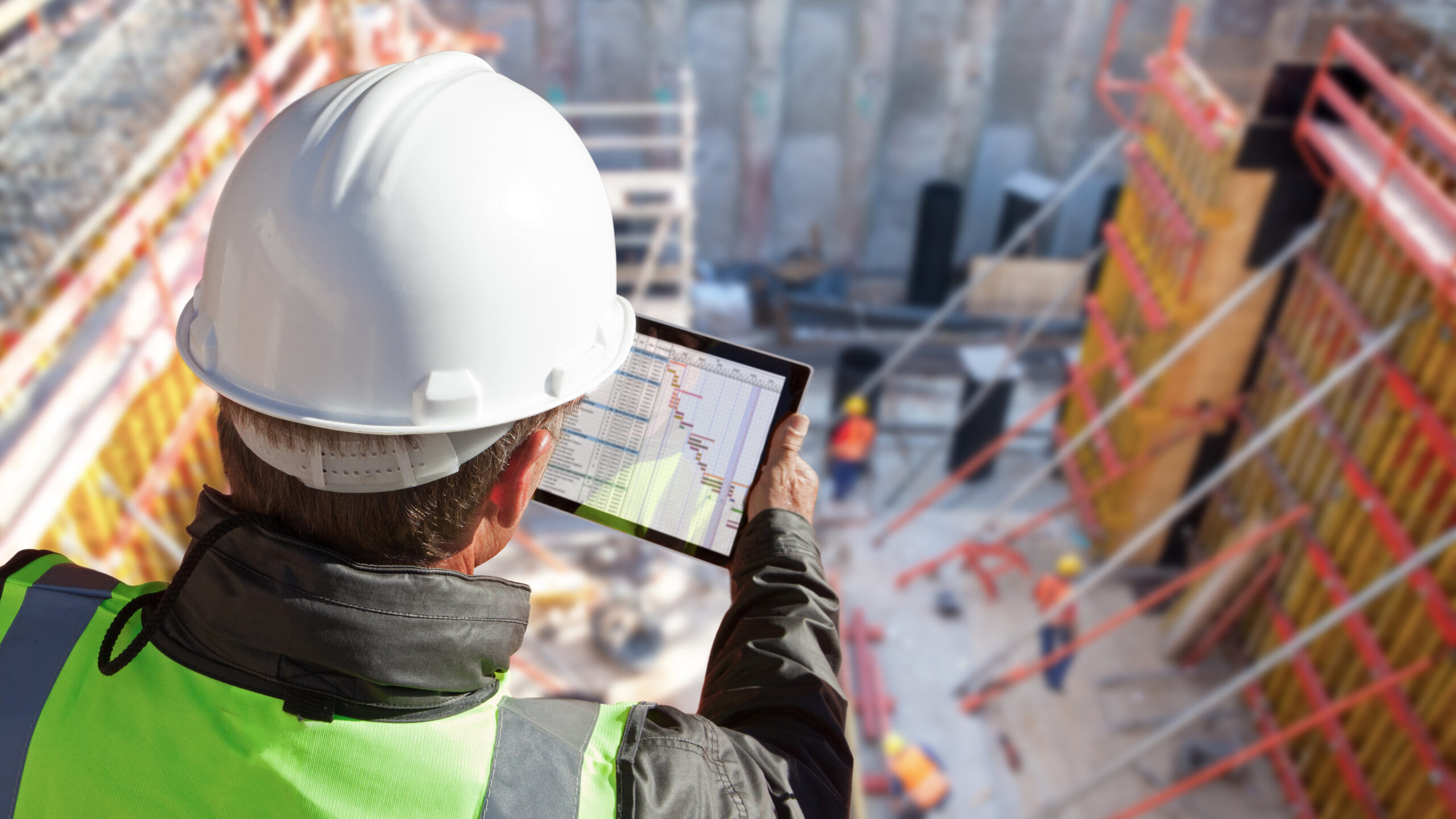Great article we read on the WSJ.com website:
The U.S. Department of Energy and Microsoft are developing 10 to 30 artificial-intelligence tools aimed at helping first-responders better react to fast-changing natural events, such as floods and wildfires.
Source: Wall Street Journal.
The U.S. Department of Energy and Microsoft Corp. on Tuesday announced a partnership to develop artificial-intelligence tools aimed at helping first-responders better react to fast-changing natural events, such as floods and wildfires.
“There are just so many technologies where we can solve some of the toughest problems, in a moment where we’re having an explosion of wildfires and floods and some really major natural disasters,” said Cheryl Ingstad, director of the Energy Department’s Artificial Intelligence and Technology Office. “And we think we can bring AI to bear here and help save lives.”
The First Five Consortium, a nod to the importance of the first five minutes in responding to a natural disaster, aims to build between 10 and 30 different AI-powered systems. The Energy Department will spearhead the development and testing efforts. Microsoft will provide technological resources, including its Azure cloud for AI model training and inference. Other organizations, including public- and private-sector entities, are expected to participate.
The announcement comes as California confronts another summer of raging wildfires, while Iowa reels from devastating windstorms. The consortium is expected to have its first prototype ready for testing this fall. Over the longer term, officials envision a range of AI systems that can help save lives, property and resources.
The group already has two systems that are in the early stages: one for mapping and predicting so-called fire lines, or the bounds of an active wildfire, and a similar tool for floods.
AI plays a role in each by analyzing massive and disparate data sets—such as blaze temperatures or wind direction—in real time, which can help first responders better allocate resources or inform the public, said Susie Adams, chief technology officer in Microsoft’s federal government unit.
“People aren’t good at synthesizing that information really quickly,” she said.
Ms. Adams said the group will tap Microsoft’s Azure cloud to store various data elements, such as images of past wildfires and how they have progressed. The platform also comes with pre-trained AI models for tasks such as object-detection. Energy Department and Microsoft engineers will also use the platform to customize new AI models.
First responders, including those fighting fires, often lack real-time information, said Chris Renschler, an associate professor of geography who studies disaster management at the University at Buffalo. He said having systems that can provide real-time information or even can simulate real scenarios, can make a difference.
“With simulation, if you can make more realistic scenarios, you can plan better for the extremes,” he said. “It’s not only being able to better respond, but also having realistic scenarios out there that we can prepare and train for.”



